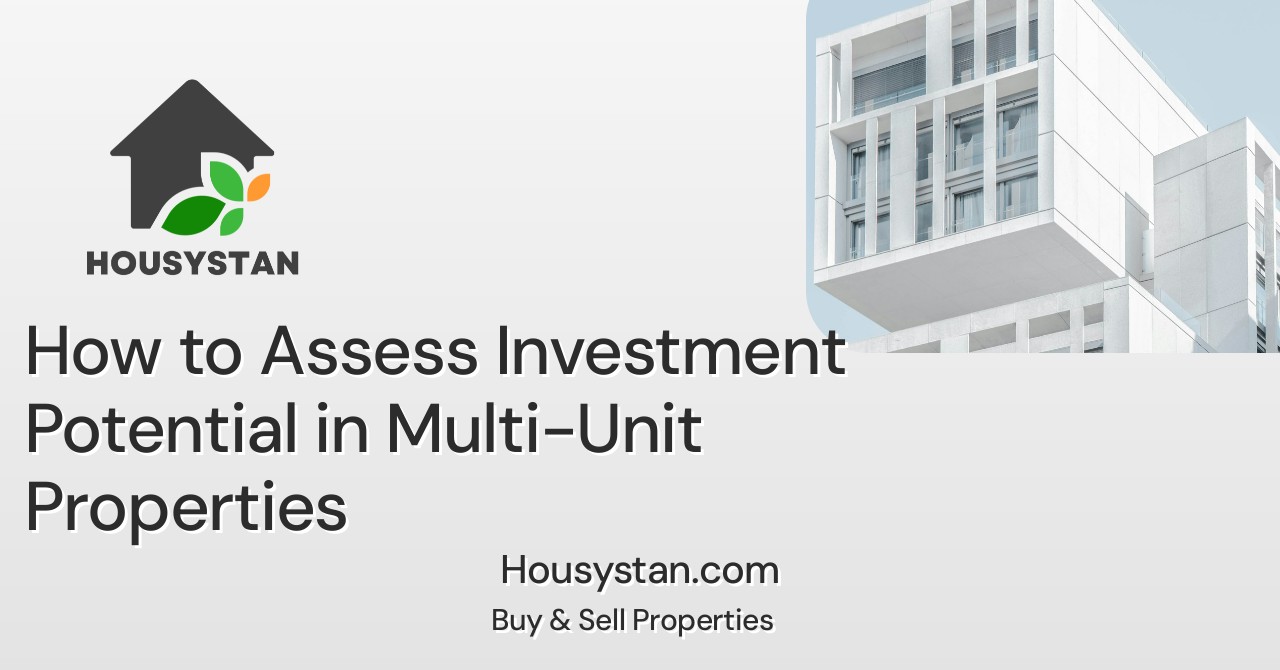How to Assess Investment Potential in Multi-Unit Properties
Read latest blogs and articles from Housystan

The Information mentioned here was last updated on:
27/11/2025Investing in multi-unit properties can be a lucrative strategy for individuals seeking to grow their real estate portfolio in regions with strong rental demand. Understanding how to assess the investment potential of multi-unit buildings is essential, especially for buyers targeting high-growth cities and neighborhoods. Whether you are looking to invest in bustling urban centers or emerging suburban areas, it’s important to analyze several key factors before making a decision.
Begin your evaluation by researching the local real estate market. Identify cities or districts with consistent population growth, robust job opportunities, and expanding infrastructure. Examine local rental rates, average occupancy levels, and trends in property values. Areas with increasing demand for rental units, such as those near universities, business hubs, or transportation corridors, often provide the best opportunities for steady cash flow and long-term appreciation.
Next, scrutinize the property itself. Assess the condition of the building, including the age of the roof, HVAC systems, plumbing, and electrical wiring. Older structures in desirable neighborhoods may require renovations, but they can yield higher returns if upgraded appropriately. Consider the layout of the units, availability of amenities, and potential for adding value through minor improvements or increased rents. Evaluate the property’s compliance with local regulations and zoning requirements, particularly if you plan to expand or modify the units.
- Verified Tenants/Buyers
- Unlimited Property Listing
- Zero subscription/charges fee
Financial analysis is crucial when determining the investment potential of multi-unit properties. Calculate expected rental income, operating expenses, and future maintenance costs. Factor in local property taxes, insurance premiums, and management fees. Use metrics such as the capitalization rate (cap rate), cash-on-cash return, and gross rent multiplier to compare different opportunities within your target area. Strong investment locations often feature cap rates that balance both income and appreciation potential.
Finally, consider the neighborhood’s long-term outlook. Investigate upcoming developments, school quality, crime rates, and public amenities. Properties situated in regions with planned infrastructure projects or revitalization initiatives often deliver superior returns. By conducting thorough research and leveraging local market insights, you can confidently assess multi-unit property investments and maximize your real estate returns in any competitive market.